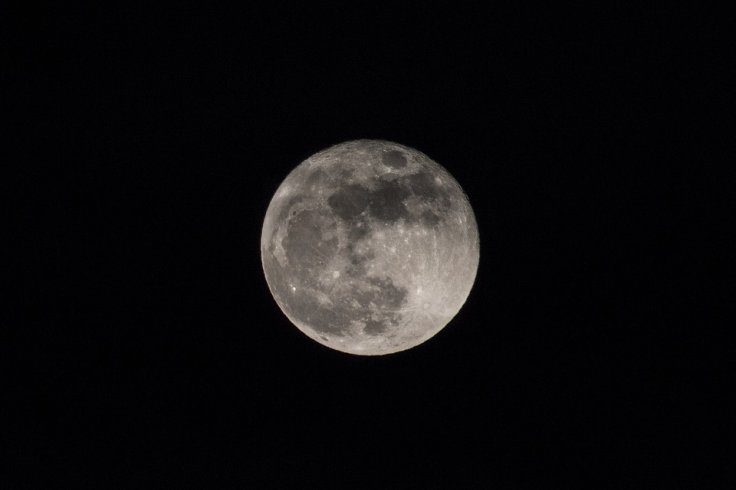
The recently-found pits inside one of Moon's craters may prove to be useful when humans actually build a colony on the lunar surface.
Found near the north pole, these newly discovered holes in the ground may provide future explorers with several entrance points to a lava tube network under the surface of the moon. Inside the lava tubes, huge stores of ice could be found, which the future explorers may mine someday in place of digging through the lunar surface, as was theorized by scientists from the Mars Institute and SETI. Both these organizations are working on finding how life originated in the universe.
"The highest resolution images do not allow the pits to be identified as lava tube skylights with 100 percent certainty, but we are looking at good candidates considering their size, shape, lighting conditions and geologic setting," stated Pascal Lee, while speaking about the images. Dr. Lee is a planetary scientist at the SETI Institute.
While researching, the scientists also discovered that several of these pits are situated alongside 'sinuous rilles,' a trail of underground canals, which cross the floor of the concerned crater. These tunnels were formed in the ancient times during the basaltic lava flows, the scientists believe.
Researchers hope that these caves may someday accommodate bases, which would be several times bigger than some of the largest cities on earth.
"Prior to this discovery, over 200 pits had been found on the Moon by other researchers, with many identified as likely skylights leading to underground lava tubes associated with similar sinuous rilles. However, today's announcement represents the first published report of possible lava tube skylights in the moon's polar regions," stated SETI.
Last year in October, Japan's Aerospace Exploration Agency (JAXA) declared that they have found a cavern under moon's surface, which stretches to around 50 kilometers. As our only natural satellite doesn't have an atmosphere and has quite a feeble magnetic field, the cavern, which might have been formed around 3.5 billion years ago, could actually protect the future astronauts from destructive cosmic rays as well as the radiation coming from the sun, reported The Japan Times.
Also Read: Three-year-long space journey to Mars: Is it possible for humans?
Philolaus Crater, under which the latest pits have been discovered, is particularly interesting to study because it's comparatively young. The fact that this crater was formed within the past 1.1 billion years would help the researchers to know more about the recent evolution of the moon, stated the SETI report. Add to that, since the crater is situated "on the near side;" it makes direct communication with earth possible.








